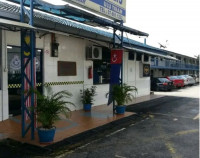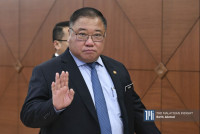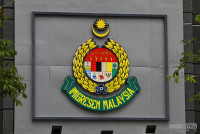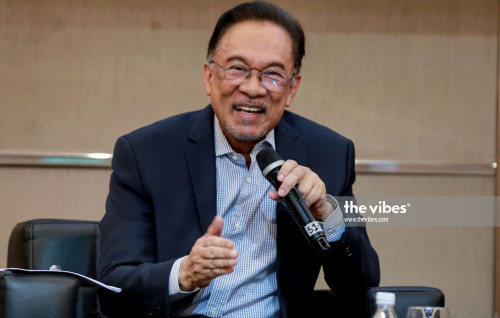KUALA LUMPUR – The Chinese and Indian diaspora contributed towards Malaya’s economic development prior to independence more than they are given credit for in the Form 3 history textbook for government schools, the National Education Improvement Initiative (IPPN) said.
In its report on improvements to public schools’ Form 1 to Form 5 history textbooks (“Laporan Cadangan Penambahbaikan Buku Teks Sejarah Tingkatan 1-5”), the group of 16 cultural and education organisations said more should be done to highlight the contribution of minority ethnic groups to British Malaya.
It cited chapter six of the Form 3 textbook, which detailed the influence of western colonial powers on Malaya’s socio-economic status in the 19th century, such as the use of technology – the tin dredge – in the tin mining industry to increase productivity.
The group said the textbook should also have included facts about the use of other low-technology methods, such as the gravel pump mode of tin mining, as it would have shown the work of Chinese miners in the industry.
In 1910, 80% of the tin mine workers were Chinese, said the group, which advocates accurate representation ethnic groups in the public education syllabus.
“It is prudent that this historical fact is explained so as to provide a clear and balanced picture to students, especially on the contribution of the Chinese community in tin mining in Malaya.”
Similarly, the group said major non-Malay immigrant figures such as Loke Yew and Yap Kwan Seng should have been given more space in the textbook to show minority groups’ contributions to early Malaya’s economic sectors.
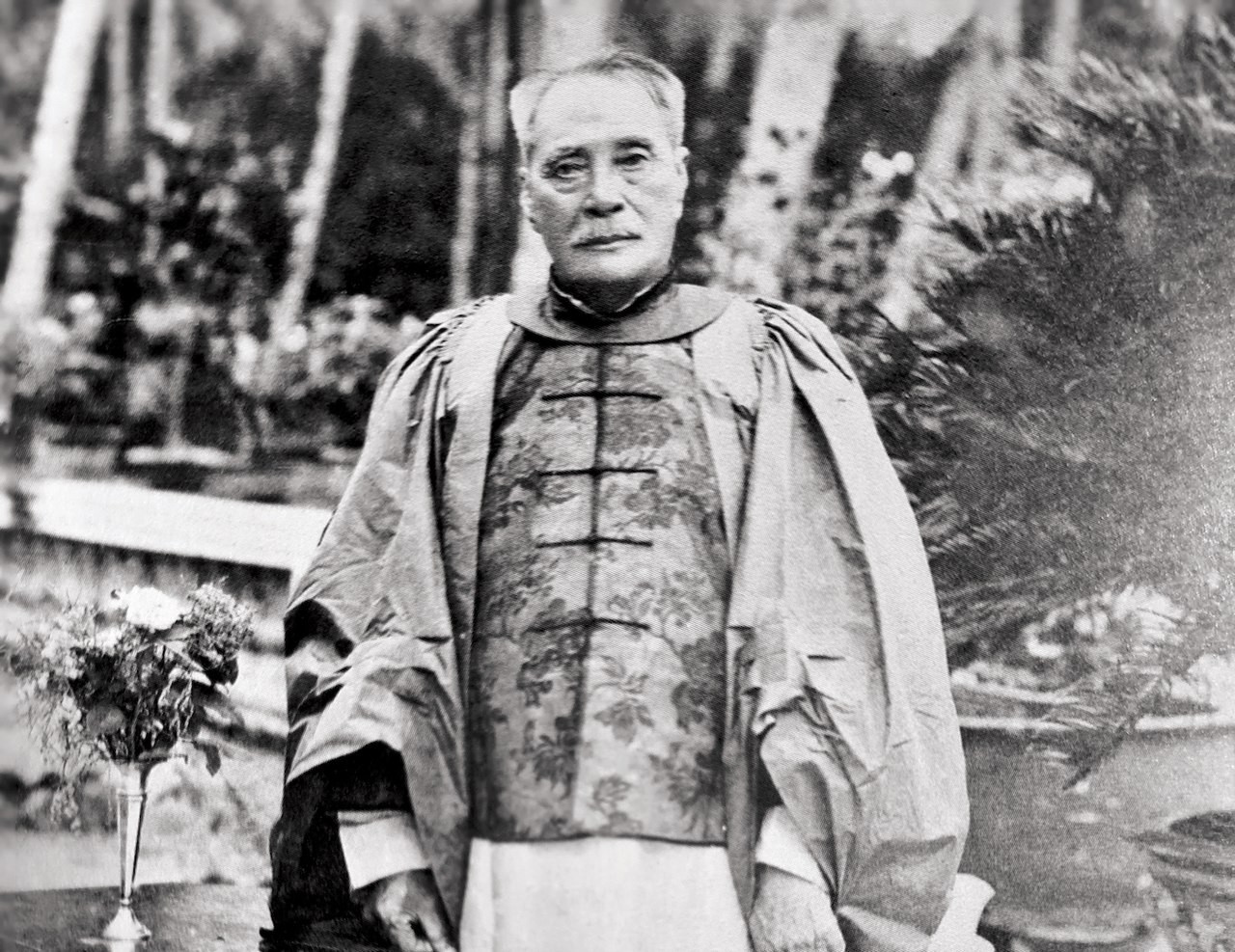
While the Form 3 text does acknowledge their contributions, and that of others, the list of what they established is not comprehensive enough, IPPN said, as their work in other sectors such as education and places of worship is omitted.
IPPN also said explanations on migration of foreigners to Malaya should be more accurate, and go beyond simply mentioning that the British had encouraged migrant workers to seek new fortunes in the mining and agricultural sectors.
More accurately, IPPN said, the historical context of the time showed that migrants did not come to Malaya just to work in these sectors, but had been brought in by the British even before that to clear forested land.
“The British administration had to spur investment and economic activities so that they could collect tax to finance administration and infrastructure development.
“As the population and urbanisation was low in Malaya, the British brought in labourers from China, India, and Nusantara to clear land and conduct mining and agriculture activities,” said IPPN’s report.
It cited research by historian J. M. Gullick saying that between 1835 to 1840, Malaya’s population, including Singapore, was only around 376,000, but the numbers exploded to 1.4 million between 1884 to 1891.
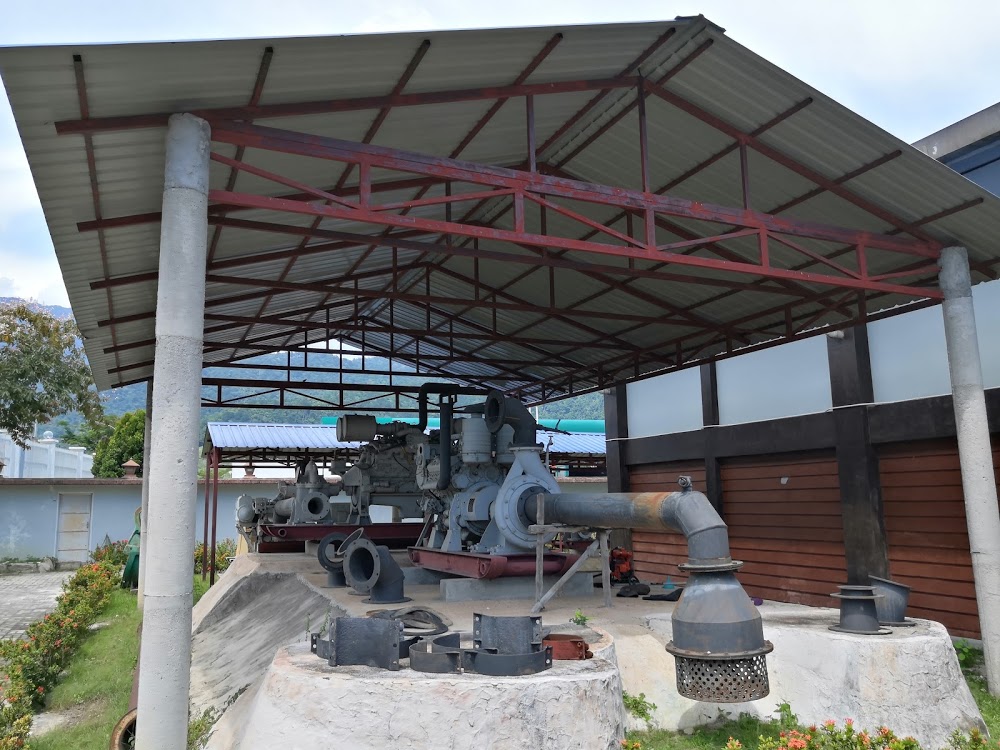
‘Sovereign’ states or protectorates?
Another issue with the Form 3 textbook is the “sovereignty” of Selangor, Perak, Negri Sembilan, and Pahang led by Malay sultans under British rule.
Chapter 3 of the textbook says these states retained their sovereignty despite having British advisers.
IPPN said the use of the word “sovereignty” was confusing as the Malay rulers had been forced to follow all of the advice set by the British.
The Malay rulers also lost their power to collect taxes, pass laws, and administrate their realm, as stated in the textbook itself.
“Their status as protectorates meant that these Malay states were under British protection and had lost their sovereign rights. If they did have sovereignty, it was merely in name and symbolic,”' said IPPN. – The Vibes, October 26, 2022
This is part three of a five-part series dealing with the IPPN's report on the Standard-Based Curriculum for Secondary Schools history syllabus.
Part one was on IPPN’s call for a more accurate portrayal of non-Muslim minorities in history textbooks, while part two was on Indian cultural influence on the early Malay kingdoms.
IPPN comprises the following NGOs: Pertubuhan Ikram Malaysia, LLG Cultural Development Centre Bhd, Tamil Foundation, Kuala Lumpur Selangor Chinese Assembly Hall, Gabungan Persatuan Guru-Guru Sekolah Cina Malaysia (Jiao Zong), Merdeka University Bhd, MySkills Foundation, Persatuan Bekas Siswazah Universiti dan Kolej di China, Malaysia, Negri Sembilan Chinese Assembly Hall, Child Information Learning Development Centre, Educational, Welfare & Research Foundation Malaysia, Global Organisation of People of Indian Origin Malaysia, Centre for Malaysian Chinese Studies, United Chinese School Committees’ Association of Malaysia, Angkatan Belia Islam Malaysia, and United Chinese School Alumni Associations of Malaysia



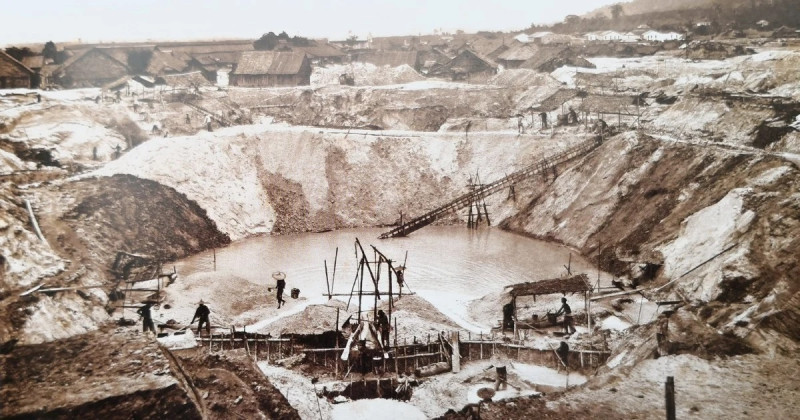



_Malayan_Communist_Party_figures_Chin_Peng-Abdullah_C.D.-Rashid_Maidin_at_signing_of_Hat_Yai_Peace_Agreement_on_Dec_2_1989-馬姥_slash_wikimedia_commons.jpg)



